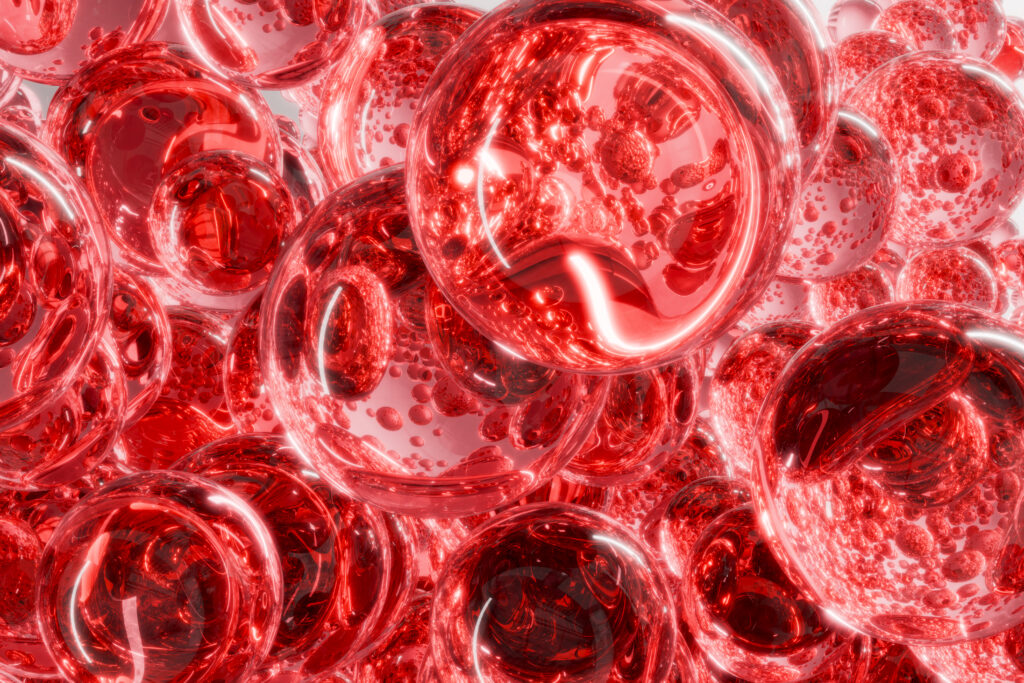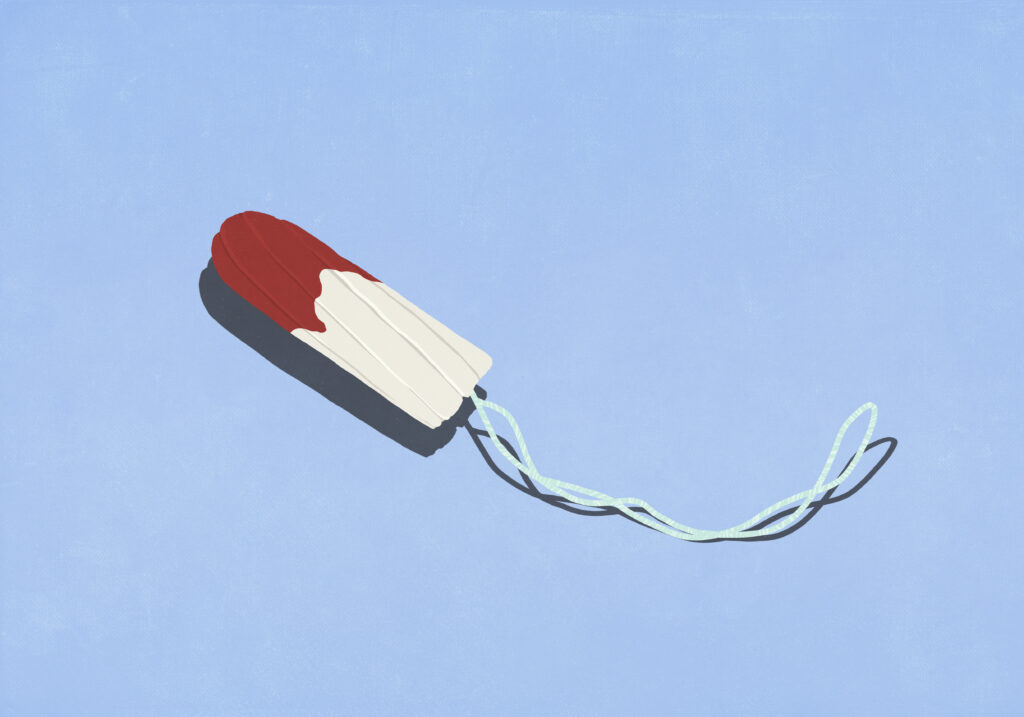Period Blood Isn’t Gross, It’s a Medical Miracle That Might Save Women’s Lives
For centuries, the world told us periods were dirty. They told us to hide tampons in our sleeves. To whisper when asking for pads, to pretend the most natural part of our bodies was a curse. But now that women are leading research into our own biology, a once-taboo truth is coming to light. Period blood might be medicine’s most overlooked miracle.
According to The Guardian, scientists and startups are finally studying menstrual fluid as a powerful diagnostic tool. One that could transform how doctors understand women’s health, from endometriosis to fertility.
How Period Blood Went From “Dirty” to Revolutionary
For decades, society treated period blood as waste. “It is thought of as dirty, a bit stinky and useless,” said immunologist Renate van der Molen of Radboud University Medical Center, in an interview with The Guardian.
But according to Christine Metz, co-lead of the Research Outsmarts Endometriosis (ROSE) project at the Feinstein Institutes for Medical Research, the truth is the opposite: “It is considered waste. But in fact it’s a real treasure.”
Her team, alongside a handful of women-led startups like NextGen Jane and Qvin, is proving just how revolutionary that treasure can be. These companies are asking why we test urine, saliva, or stool for disease. Yet, they ignore a biological sample that half of the world’s population produces monthly.
The Guardian reported that NextGen Jane has already collected over 2,500 menstrual blood samples through volunteers who mail in their used tampons for analysis. In California, lab technicians study the samples under fume hoods, searching for molecular signals of gynecological diseases.
“This is a beautiful project for women’s science,” said Julia Carr, the company’s clinical research coordinator.
Period Blood Could Help Diagnose Endometriosis Without Surgery
One of the biggest breakthroughs could come for patients with endometriosis, a disease that affects over 10% of women of reproductive age.
Right now, diagnosing it requires laparoscopic surgery under general anesthesia. That means years of pain and uncertainty before most women ever get a name for their condition.
That’s why startups like NextGen Jane and researchers at the ROSE project are focusing on developing a noninvasive, at-home test for endometriosis using menstrual fluid.
NextGen Jane scientists found significant differences in messenger RNA (the molecule that directs protein production) between women with and without the disease. The ROSE project is analyzing whole cells from menstrual blood, looking for abnormalities that set endometriosis apart.
“It makes sense,” Van der Molen explained. “It’s unique in that it contains cells and molecules that reflect the state of a uterus. It can deliver messages to doctors that other bodily fluids may not.”

The Femtech Revolution Is Turning Period Blood Into Science
Startups are racing to turn period blood into a new kind of medical testing. German company Theblood is experimenting with menstrual cup samples to monitor hormones, inflammation, and even vitamin levels.
Meanwhile, Bay Area startup Qvin became the first company to receive FDA approval for a menstrual pad-based test, an A1C diabetes tracker that uses dried period blood instead of a vein draw. The company is also seeking approval for HPV and STI screening, particularly in global regions where access to pap smears is limited.
“[Using period blood is] the most overlooked opportunity in women’s health,” said Qvin co-CEO Sara Naseri. “We can make it easy for women to get information about what’s going on in their body, and get it early.”
However, as anthropologist Kate Clancy told The Guardian, caution is still important. She supports using menstrual blood to diagnose diseases that affect the uterus, but warns against marketing wellness tests that haven’t been clinically validated.
“We are a ways from good translational work,” she said.
The “Medical Miracle” Inside Period Blood
Beyond diagnostics, researchers are finding that period blood could help regenerate tissue thanks to stem cells.
Scientists like Thomas Ichim first identified endometrial stem cells in menstrual fluid in 2007. These cells regenerate the uterine lining every month, a biological process he calls “a medical miracle.”
That means menstrual blood could one day help repair organs, regrow tissue, or even treat infertility. “It’s logical to think that you can use those cells to stimulate blood vessel production in somebody else,” Ichim explained.
The challenge, as researcher Brendan Harley at the University of Illinois told The Guardian, is funding. “Menstrual effluent is an intriguing stem cell source,” he said, “but we are not far enough along to really say more than that.”
Still, the potential is massive. As Harley’s colleague Caroline Gargett put it, “Menstrual fluid has so much potential.”

We Were Never the Problem. The Science Was.
According to NPR, researchers once believed in a “menotoxin,” a mythical substance that supposedly made flowers wilt and children sick when exposed to menstruating women. The myth persisted in scientific journals as late as the 1970s.
Dr. Sara Naseri told NPR that when she began her menstrual blood research, a male colleague studying feces told her he found her work “disgusting.” The irony wasn’t lost on her.
Yet this bias is exactly why women’s health has lagged behind. As we previously reported, only 6% of scientific studies include all-female participant groups, and most clinical research uses male subjects as the default.
Now, projects like NextGen Jane and Qvin are rewriting that history. MIT even launched a $10 million menstruation science initiative this year.
“This is frontier science,” said Linda Griffith, who leads MIT’s Center for Gynepathology Research.
The Beginning of a New Era in Women’s Health
After centuries of silence, we’re finally studying what our bodies have been telling us all along.
Period blood isn’t shameful, dirty, or disposable. It’s powerful. It carries the potential to detect disease, to heal, and to give voice to the parts of women’s health that medicine has ignored.
In the end, what was once dismissed as “waste” might be one of science’s greatest untapped resources, a monthly reminder that women’s bodies were never the mystery. They were the map.




